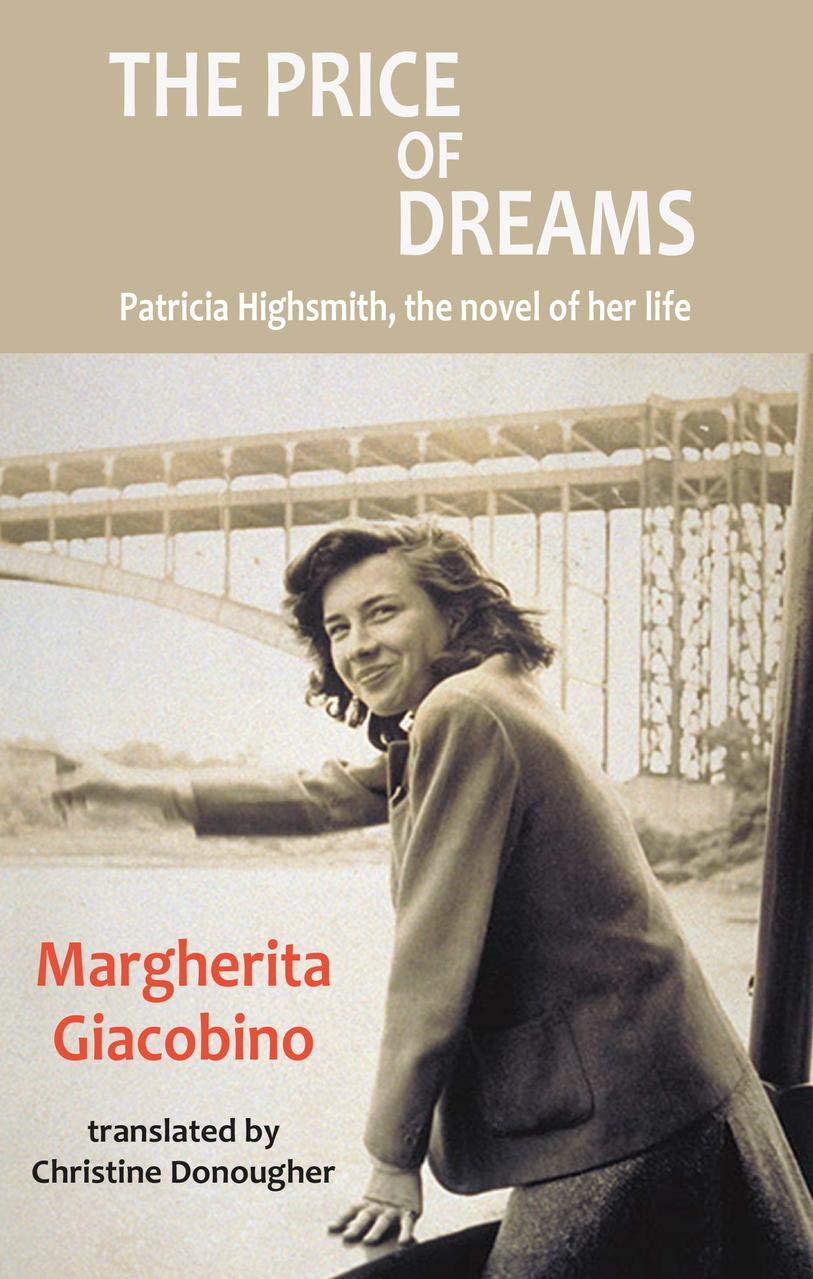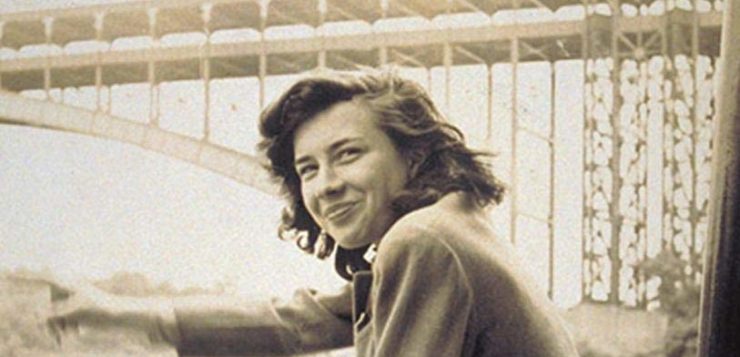 THE PRICE OF DREAMS
THE PRICE OF DREAMS
Patricia Highsmith, the Novel of Her Life
by Margherita Giacobino
Translated by Christine Donougher.
Daedalus Limited. 329 pages, $17.99
THE PRICE OF DREAMS is a fictionalized autobiography of Patricia Highsmith, a translation from the Italian novel by Margherita Giacobino, structured with point-of-view changes in vignettes that move the narrative forward. The title is an allusion to Highsmith’s first novel, The Price of Salt (1952) which, in turn, was an allusion to the biblical story of Lot’s wife. The Price of Salt was one of the first overtly lesbian novels, and readers loved it because it had a happy ending, with the two women together and content at a time when such endings were rare. The book sold over four million copies in several editions. Highsmith used a pen name because she didn’t want to be known as a “lesbian writer.” One of her mysteries sold 131 million copies, and two of her novels were made into films: Strangers on a Train (1951), directed by Alfred Hitchcock, and The Talented Mr. Ripley (1999), directed by Anthony Minghella.
Highsmith knew from childhood that she wanted to be a writer. She considered herself an artist capable of creating something out of nothing. And yet, she remarked at one point that being a writer is more of a punishment than a profession. She wanted relationships and devoted a lot of time and effort to finding, having, and ending them. She could never get what she wanted or needed from her lovers, whether male and female. In an effort to manipulate the other’s behavior, she could be erratic, cruel, and at times mentally unstable.
The first lover we meet in The Price of Dreams is Ted, with whom Highsmith is contemplating marriage. Ted will not accept that she has lesbian tendencies. Later, while seeing a therapist, she declares that she doesn’t want to be cured of homosexuality. Then she wonders what the female therapist would do if she asked her out to dinner.
A woman named Carol enters the story, and they begin a relationship that quickly turns sour. Carol’s mood swings remind Highsmith of what she’d learned to live with from her mother. As the affair ends, she reflects that “gay relationships are destined to be short because everything that keeps two people together for any length of time is forbidden to them.” They cannot show their love in public. The secretiveness intensifies the lust, but afterward comes a sense of nausea. “You have loved avidly, hurriedly, knowing you will quickly part.” At one point she has four weeks of hot sex and emotion, then silence. Unsure of herself and hopelessly in love, she suffers while each silent day passes. She reflects on what a fool she’s made of herself. “Think of those,” she muses, “who are in the same boat as you, idiots and poets.”
The older Highsmith goes on writing and publishing and making enough money to attract women and to travel. Seldom does she settle down for long. She believes that stagnation is bad for creativity; it is only out of motion that ideas are born. All she needs is a desk in a dark corner of the room for writing.
The Price of Dreams is billed as a novel, which implies that it takes some license with people and events, but it offers a convincing portrait of the real Patricia Highsmith and includes direct quotations from her journals. The final chapter is told by a friend who reflects on Highsmith’s well-known propensity to be unpleasant, including her hatred of public events and her bad behavior at parties. Let’s just say, she had a strong sense of personal boundaries. ____________________________________________________






